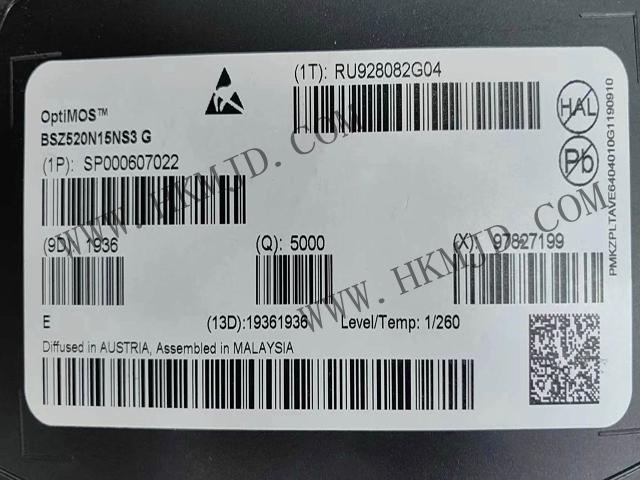Welcome Here Shenzhen Mingjiada Electronics Co., Ltd.

sales@hkmjd.com

sales@hkmjd.com

Service Telephone:86-755-83294757
 Latest Information
Latest InformationWith the development of technology, the hardware is upgraded to smart hardware, adding CPU, operating system, and also networking, health monitoring, etc. The application of AI technology, in turn, has upgraded the ordinary AI of smart hardware to gen…
With the development of technology, the hardware is upgraded to smart hardware, adding CPU, operating system, and also networking, health monitoring, etc. The application of AI technology, in turn, has upgraded the ordinary AI of smart hardware to generative AI. nowadays, we are not unfamiliar with generative AI, which brings more personalised recommendations and more humane interactions.
In wearable devices, Apple, Samsung, 360, Sony, XREAL and other hardware manufacturers doing smart watches and XR devices have used generative AI on their products. In the upper reaches of the industry chain, chip makers involved in processors and sensors have been given new opportunities in the process of generative AI getting closer and closer to wearable devices.
Hybrid AI Accelerates to the Ground, Processors, Sensors Maintain Iterative Speed
The progress of generative AI is not just in smartwatches. In the wearables market, the most talked-about vendors are vendors Apple and Samsung, which announced their respective latest advances in generative AI in June and July of this year, respectively.
Apple launched the Apple Intelligence personalised intelligence system, which can understand personal contexts, with a built-in large model that deeply understands natural language, and can perform functions such as generative language, pictures, and cross-APP linkage, Apple Intelligence is integrated into the core of the iPhone, iPad, and Mac chips, and empowers Siri with it. Siri is an important layout of Apple in the field of AI, and in the future Apple Intelligence will be integrated with Siri into more Apple wearable device products.
Apple as a latecomer into the generative AI track, in the next time, Apple will continue to train Apple Intelligence, and launch more generative AI-based features, for hardware can bring a new AI experience.
Samsung, on the other hand, is the deep integration of AI functions into the new wearable device category - smart ring Galaxy Ring. Unlike Apple's focus on interaction in generative AI, Samsung's generative AI smart ring focuses more on health monitoring functions, which, of course, has a lot to do with the functional properties of the product. Samsung says the Galaxy Ring can analyse data through AI to provide personalised health and sleep advice, and is also capable of controlling Samsung smartphones with gestures.
Samsung also teased that the new Galaxy AI features will be updated to more Samsung Galaxy devices, with in-built AI algorithms that will develop a personal knowledge graph for each user and create a more personalised service. Samsung believes that multimodal and contextual AI will become a connected ecosystem.
From the layout of Apple and Samsung in wearable generative AI can also see a new direction of development: hybrid AI. for example, Apple chose OpenAI cooperation in the field of AI, and Samsung chose to join forces with Google. Specifically, Apple adopts self-research local large model + cloud, part of the AI function in the local end of the Apple Intelligence, beyond the local processing capacity based on OpenAI's GPT-4o model, in the cloud to achieve more complex task processing.
The hybrid AI strategy not only improves the intelligence level of the device, but also enhances the user experience by introducing advanced generative AI technology. Driven by Apple, the "hybrid AI" of wearable devices will accelerate in the future. However, the premise is that the end-side AI is strong enough.
It is not difficult to find, on the one hand, generative AI in more wearable categories on the ground, on the other hand, with the AI function of wearable devices is getting richer and richer, the performance of the main chip, sensors and other hardware needed to be more powerful to support the implementation of more functions, which is the key to the implementation of the multimodal large model.
In my opinion, the core of wearable device AI includes sensors, storage and so on. In terms of the main chip, with the increase of AI functions, the performance of the processor needs to be more powerful to execute complex algorithms and tasks, and needs a higher degree of integration. On the sensor side, multimodality is based on multiple data detected from sensors, and Canalys says that with each additional sensor, AI is able to create dozens more brand new application scenarios based on that sensor. Of course, this requires a higher degree of accuracy from the sensor. In terms of storage, the increase in AI applications brings requirements for storage capacity and speed.

Time:2025-08-20

Time:2025-08-20

Time:2025-08-19

Time:2025-08-19
Contact Number:86-755-83294757
Enterprise QQ:1668527835/ 2850151598/ 2850151584/ 2850151585
Business Hours:9:00-18:00
E-mail:sales@hkmjd.com
Company Address:Room1239, Guoli building, Zhenzhong Road, Futian District, Shenzhen, Guangdong
CopyRight ©2022 Copyright belongs to Mingjiada Yue ICP Bei No. 05062024-12

Official QR Code
Links: